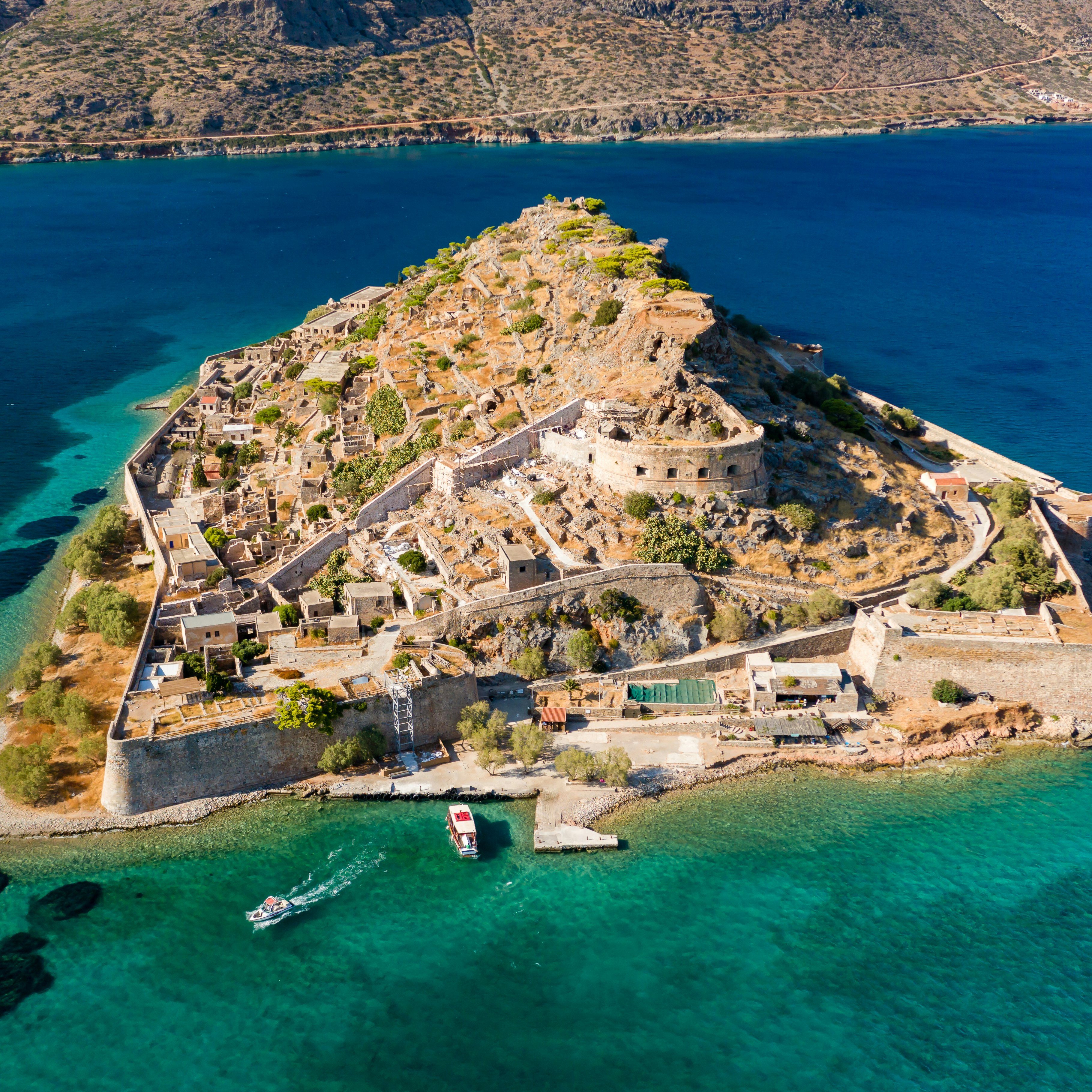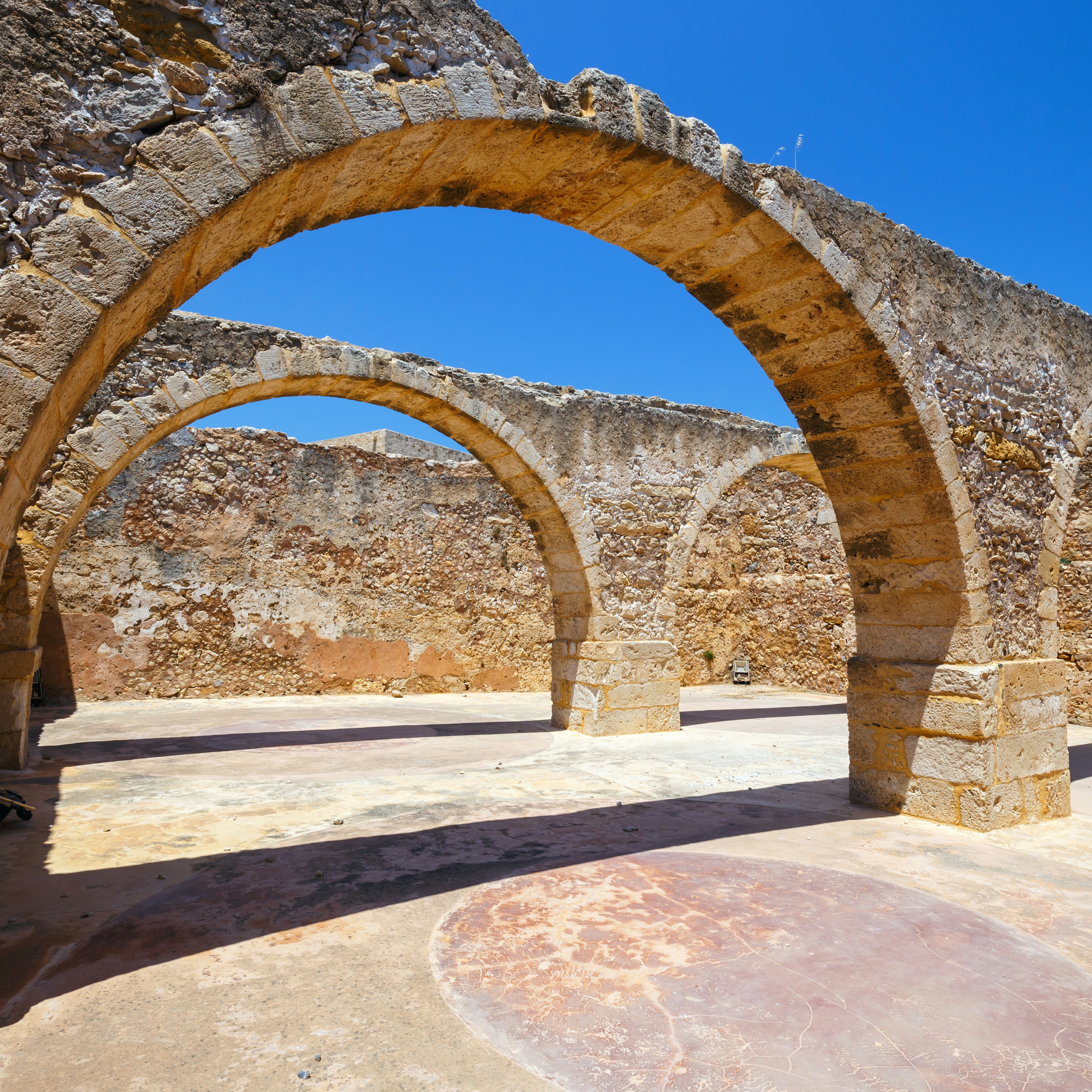
Overview
Crete is a tapestry of splendid beaches, ancient treasures and landscapes, weaving in vibrant cities and dreamy villages, where locals share their traditions, wonderful cuisine and generous spirit.
Leave the planning to a local expert
Experience the real Crete. Let a local expert handle the planning for you.
Must-see attractions
Planning Tools
Expert guidance to help you plan your trip
Best Things to Do
Experience the best of Crete with this guide to the island's top things to do.
Read full article
Best Places to Visit
Crete packs a lot of incredible attractions onto one island. Here are eight of our favorite places to visit when you visit Greece's largest island.
Read full article
Things to Know
Plan your visit to Crete with these top tips on packing, health and safety, and local etiquette.
Read full article
Transportation
Exploring the mountainous island of Crete is like navigating a small country. Here are our top tips for getting around Greece's largest island.
Read full article
Free Things to Do
Check out our top tips on free things to do in Crete. From beaches to historical landmarks, there are plenty of activities that won't break the bank.
Read full article
Money and Costs
Make your euros stretch further in Crete with these money-saving tips for travelers on a budget.
Read full article
Best Road Trips
These road trips in Crete will take you to mountains, beaches, monasteries, wineries, unspoiled villages and Venetian old towns.
Read full article
Get a book. Get inspired. Get exploring.
in partnership with getyourguide























